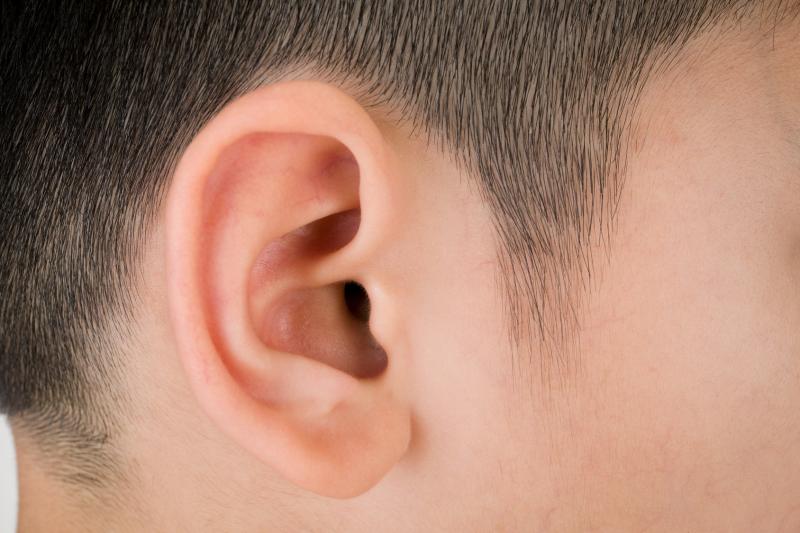
Transcutaneous bone conduction implants (TBCI) are safe and effective for improving hearing in microtia patients with bilateral hearing impairments, according to a recent study.
“Compared to external auditory canal reconstruction (EACR), when the TBCI technique was used in microtia patients with bilateral hearing impairment, it allowed for better aesthetic auricular reconstruction using virgin mastoid skin,” said researchers.
Retrospectively assessing medical records, the researchers compared outcomes between patients who received TBCI (n=5; mean age at implantation, 21.2±4.8 years) or EACR (n=12; mean age at surgery, 17.2±7.3 years). Hearing was measured using pure-tone audiometry over a 6-week period after surgery. Hearing loss was severe in all TBCI participants. [Arch Plast Surg 2019;46:525-534]
Over a mean follow-up of 25.6 months, mean air conduction improved significantly in the TBCI group, from 69.8±4.5 dB at baseline to 33.8±4.7 dB after the procedure (p<0.01). There was a rebound in air conduction in the long term, such that the 3-month value in the TBCI group reached 41.3±23.0 dB.
A similar pattern of effect was reported for the EACR group, though to a lesser degree. In this arm, mean air conduction also improved significantly, from 72.3±3.0 dB at baseline to 56.6±3.9 dB after the operation (p<0.01). The benefits were likewise transient, with air conduction jumping back to 60.9±6.8 dB at the long-term follow-up.
Moreover, while reductions in the air-bone gaps were significant in both TBCI and EACR groups, the former had a greater nominal impact (TBCI: 54.8±3.5 to 20.8±5.8 dB; EACR: 60.2±2.6 to 45.9±7.8 dB; p-both<0.01). Only the TBCI device showed rebound, leading to a mean air-bone gap of 27.5±17.7 dB after 3 months.
Improvements in hearing >20 dB was reported in only three of the 12 participants in the EACR group. In contrast, all five TBCI device recipients achieved this.
“Currently, TBCI is used to treat conductive or mixed hearing loss,” the researchers said. “However, the scope of its application is expected to expand as various new products are developed and used. The most critical factor that limits the usage of TBCI is size. Since the implant is not compact, it is essential to check whether there is sufficient space for the implant through physical examination and CT scanning.”
“Additionally, the use of TBCI should be limited in cases of retrocochlear and central auditory disorders, active middle ear infections, chronic or nonrevisable vestibular or balance disorders, or abnormally progressive hearing loss,” they added.
Studies with longer follow-ups are required to confirm the present findings and to more completely understand the effects of TBCI implantation.